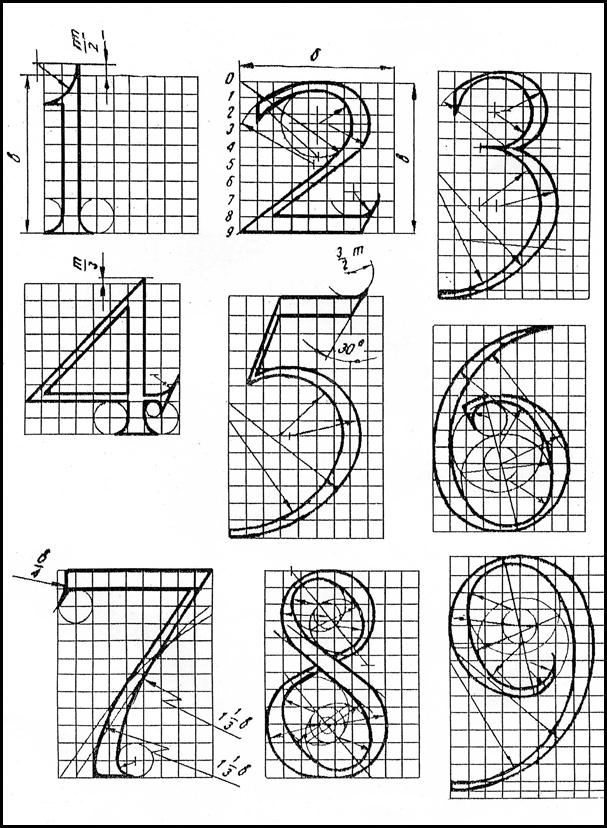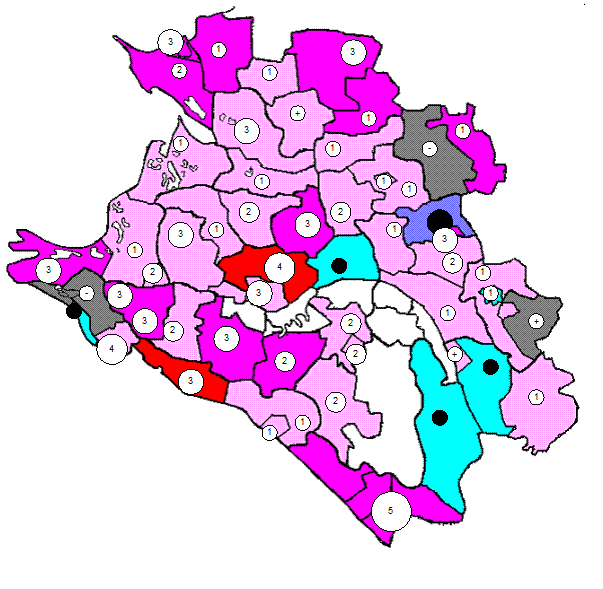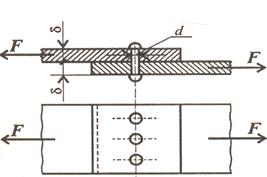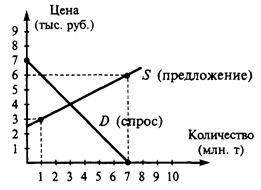Веб-сайты.
http://www.ke.shinshu-u.ac.jp/psych/index.html Интернет-ресурс по психологии и когнитивным наукам, поддерживаемый Инженерным отделением Кансей, факультета текстильных наук и технологий Университета Шиншу, Нагано, Япония. (Department of Kansei Enginnering, Faculty of Textile Science and Technology, Shinshu University, Nagano, Japan). http://www.psych.stanford.edu/cogsci/ Когнитивные и психологические науки в Интернете. Указатель Интернет-ресурсов, имеющих отношение к исследованиям в области когнитивных наук и психологии. http://www.learningoinfo.com/d-cog.htm Сайт компании, продающей услуги в области когнитивного развития, развития психологических навыков и терапии. Очень интересная вводная диаграмма. http://129.7.160.115/inst5931/COGNITIVE.PSY Обзор когнитивной психологии составлен для курса технологии и обучения при Университете Ньюстон Клиар Лэйк (University Houston Clear Lake). В данном источнике сфера когнитивной психологии рассматривается как намного более широкая, по сравнению с определением, предложенным в этой книге. Сайт представляет собой один из ряда курсов когнитивной психологии, рекламируемых в Интернете. Библиография. Anderson, J. R (1985). Cognitive psychology and its implications. New York: Freeman. Anderson, J. R., & Bower, G. H. (1973). Human associative memory. Washington, DC: Winston. Beck, A. T. (1961). A systematic investigation of depression. Comprehensive Psychiatry, 2, 163-170. Beck, A. T. (1967). Depression: Clinical, experimental, and theoretical aspects. New York: Harper & Row. Beck, A. T. (1976). Cognitive therapy and the emotional disorders. New York: International Universities Press. Beck, A. T. (1988). Love is never enough. New York: Harper & Row. Beck, A. T. (1991). Cognitive therapy: A 30-year retrospective. American Psychologist, 46(4), 368-374. Beck, A., & Emery, G., with Greenberg, R. (1985). Anxiety disorders and phobias. New York: Basic Books. Beck, A., Rush, A. J., Shaw, B. F., &Emery, G. (1979). Cognitive therapy of depression. New York: Guilford Press. Bums, D. D. (1980). Feeling good: The new mood therapy. New York: New American Library. Dreyfus, H. L. (1972). What computers can't do. New York: Harper & Row. Ellis, A. (1962). Reason and emotion in psychotherapy. New York: Lyie Stuart. Ellis, A. (1971). Growth through reason: Verbatim cases of rational-emotive therapy. Hollywood, СA: Wilshire Books. Ellis, A. (1974). Techniques for disputing irrational beliefs (DIB's). New York: Institute for Rational Living. Ellis, A., & Harper, R. A. (1975). A new guide to rational living. Hollywood, CA: Wilshire Books. Emery, G. (1981). A new beginning. New York: Simon & Schuster. Gunderson, K. (1971). Mentality and machines. Garden City, NY: Doubleday. Harris, P. L. (1989). Children and emotion: The development of psychological understanding. Oxford, England: Blackwell. Honeck, R. P., Case, T. J., & Firment, M. J. (Eds.). (1991). Introductory readings in cognitive psychology. Guilford, CT: Dushkin. Horowitz, M. J. (1979). Stress response syndromes. New York: Jason Aronson. Howard, G. S. (1996). Understanding human nature: An owner's manual. Notre Dame, IN: Academic Publications. Izard, С. Е. (1978).On the ontogenesis of emotion and emotion-cognition relationships in infancy. In: M. Lewis & L. Rosenblum (Eds.), The development of affect (p. 389-413). New York: Plenum Press. Izard, С. Е. (1984). Emotion-cognition relationships in human development. In: C. E. Izard, J. Kagan, & R. B. Zajonc (Eds.), Emotions, cognition and behavior (p. 17-37). New York: Cambridge University Press. Johnson-Laird, P. N. (1977). Procedural semantics. Cognition, 5, 189-214. Labouvie-Vief, G., Hakin-Larson, J., DeVoe, M., & Schoeberlein, S. (1989). Emotions and self-regulation: A life-span view. Human Development, 32, 279-299. Lachman, R., Lachman, J. L., & Butterfield, E. С (1979). Cognitive psychology and human information processing. Hillsdale, NJ: Lawrence Erlbaum. Lazarus, R. S. (1966). Psychological stress and the coping process. New York: McGraw-Hill. Lazarus, R. S. (1982). Thoughts on the relations between emotion and cognition. American Psychologist, 37, 1019-1024. Lazarus, R. S. (1984). On the primacy of cognition. American Psychologist, 39, 124-129. Lazarus, R. S. (1991 a). Cognition and motivation in emotion. American Psychologist, 46(4), 352-367. Lazarus, R. S. (1991 b). Emotion and adaptation. New York: Oxford University Press. Lazarus, R., & Folkman, S. (1984). Stress, appraisal and coping. New York: Springer. Leventhal, H., & Scherer, K. (1987). The relationship of emotion to cognition: A functional approach to a semantic controversy. Cognition and Emotion, 1, 3-28. Mayer, R. E. (1981). The promise of cognitive psychology. San Francisco: Freeman. McMullin, R. E. (1986). Handbook of cognitive therapy techniques. New York: Norton. McMullin, R. E., & Casey, B. (1975). Talk sense to yourself: A guide to cognitive restructuring therapy. New York: Institute for Rational Emotive Therapy. Miller, G. A., Galanter, E. & Pribram, C. (1960). Plans and the structure of behavior. New York: Henry Holt. Mumford, L. (1967). The myth of the machine. London: Seeker & Warburg. Neisser, U. (1967). Cognitive psychology. New York: Appleton-Century-Crofts. Neisser, U. (1976 a). Cognition and reality. San Francisco: Freeman. Neisser, U. (1976 b). General, academic, and artificial intelligence. In: L. B. Resnick (Ed.), The nature of intelligence. Hillsdale, NJ: Lawrence Erlbaum. Neisser, U. (1990). Gibson's revolution. Contemporary Psychology, 35, 749-750. Newell, A., Shaw, J. C., & Simon, H. (1958). Elements of a theory of human problem solving. Psychological Review, 65, 151-166. Newell, A., & Simon, H. (1961). The simulation of human thought. In: W. Dennis (Ed.), Current trends in psychological theory. Pittsburgh: University of Pittsburgh Press. Newell, A., & Simon, H. (1972). Human problem solving. Englewood Cliffs, NJ: Prentice-Hall. Perris, C. (1988). Cognitive therapy with schizophrenics. New York: Guilford Press. Puhakka, K. (1993). Review of Varela, F. J., Thompson, E., & Rosch, E. (1991). The embodied mind: Cognitive science and human experience. The Humanistic Psychologist, 21(2), 235-246. Quillian, M. R. (1969). The teachable language comprehender: A simulation program and theory of language. Communications of the ACM, 12, 459-476. Schank, R. C., & Abelson, R. B. (1977). Scripts, plans, goals and understanding. Hillsdale, NJ: Lawrence Erlbaum. Scheff, T. J. (1985). The primacy of affect. American Psychologist, 40, 849-850. Shepard, R. N. (1984). Ecological constraints on internal representation: Resonant kinematics of perceiving, imagining, thinking, and dreaming. Psychological Review, 91, 417-447. Stein, N., & Levine, L. (1987). Thinking about feelings: The development and organization of emotional knowledge. In: R. E. Snow & M. Farr (Eds.), Aptitude, learning and instruction. Vol. 3: Cognition, conation, and affect (p. 165-197). Hillsdale, NJ: Lawrence Erlbaum. Stenberg, C. R., & Campos, J. J. (1990). The development of anger expressions in infancy. In: N. Stein, B. Leventhal, & T. Trabasso (Eds.), Psychological and biological approaches to emotion (p. 247-282). Hillsdale, NJ: Lawrence Erlbaum. Stroufe, L. A. (1984). The organization of emotional development. In: K. R. Scherer & P. Ekman (Eds.), Approaches to emotion (p. 109-128). Hillsdale, NJ: Lawrence Erlbaum. Turing, A. M. (1950). Computing machinery and intelligence. Mind, 59(236). In: R. P. Honeck, T. J. Case, & M. J. Firment (Eds.), Introductory readings in cognitive psychology (p. 15-24). Guilford, CT: Dushkin, 1991. Varela, F. J., Thompson, E., & Rosch, E. (1991). The embodied mind: Cognitive science and human experience. Cambridge, MA: MIT Press. Waldrop, M. M. (1985, March). Machinations of thought. Science 85, p. 38-45. Weizenbaum, J. (1976). Computer power and human reason: From judgment to calculation. San Francisco: Freeman. Zajonc, R. B. (1980). Feeling and thinking: Preferences need no inferences. American Psychologist, 35, 151-175. Zajonc, R. B. (1984). On the primacy of affect. American Psychologist, 39, 117-123.
|




